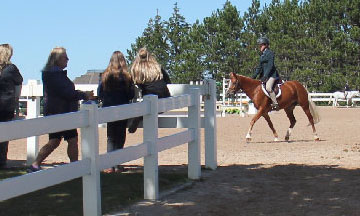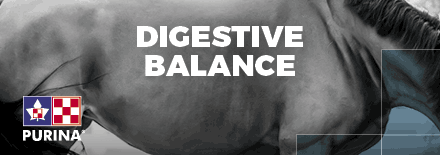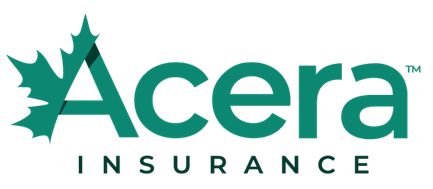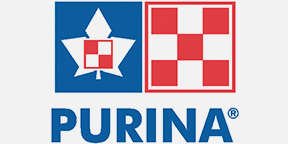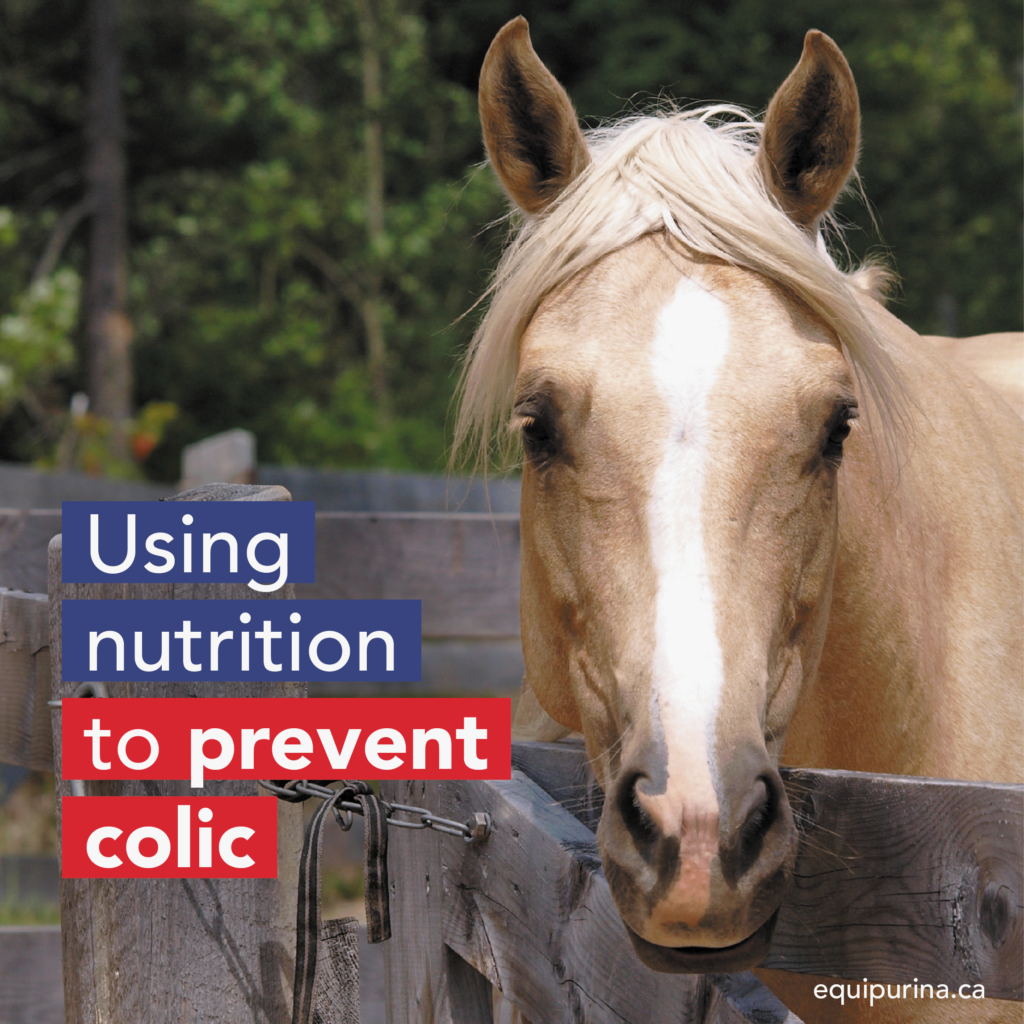
Impactions
As powerful and vivacious as they may seem, under certain conditions, horses are susceptible to some serious health problems. In very little time, various types of colic can destroy an animal’s vigor and vitality. Quite often colic can lead to major complications which can go as far as death. But the good news is that by adopting a few simple nutritional measures, you can prevent most food-related cases, including gas and impaction colic, the most encountered form of colic in horses. The following article will focus on preventing impaction colic.
Water, the too often neglected nutrient
Low water intake remains the most prevalent cause of nutrition-related impaction colic. The following circumstances describe the most common reasons why your horses may be reluctant to drink:
- When the horse’s water-saturated pasture is suddenly replaced by dry hay.
- During autumn, and especially in winter, when cold water reduces your horse’s water consumption.
- When the horse is served a new water source, or the watering system is modified (e.g., transition from a pail of water to automatic waterers).
- During long periods in transit that result in high levels of stress and discomfort.
- Following a very intense workload or extreme physical exertion that brings about significant stress, fatigue, and dehydration.
Any situation leading to dehydration will place the horse at risk, unless the activity is followed by compensatory water intake. Horses are dangerously vulnerable during hot and humid weather, especially when engaged in exercise that is not counterbalanced with subsequent efforts to promote water consumption and rehydration.
During the summer, maintenance horses will be able to fulfill a large portion of their hydration needs by grazing on pasture, which consists of up to 90% water. Even so, a clean, fresh water source must remain accessible at all times. Towards the end of autumn, this water source becomes increasingly crucial as the water-saturated pasture is replaced with dry hay. On average, hay contains about 10 to 15% moisture, a low level when compared to the percentage of water in pasture.
The adult maintenance horse requires a minimum of 25 to 35 liters of water per day. Obviously, this quantity will increase with exercise, rising temperatures and a higher consumption of dry food. To avoid having to care for a dehydrated horse, it is essential to consider these many factors.
Be aware that a horse whose water consumption is normal may still be at risk of impaction colic if weak teeth leave it unable to chew properly. For this reason, your horse requires dental care at least once a year.
It is important to remember that feed and hay type has little bearing on the incidence of impaction colic; dehydration and low water consumption are the most likely culprits.
To prevent impactions, it is essential to regularly monitor your horse’s hydration levels, even if it has permanent access to high-quality, clean water. It sometimes happens that a horse does not drink enough, even though water is readily available. Here are three ways of checking your horse’s hydration levels:
- Try the skin pinch test. After pinching your horse’s shoulder, the skin should return to normal within a second of when you let go. Since this test is far from infallible, you will need to try all the other methods of measuring hydration.
- Observe your horse’s stool consistency. Ideally, stool should retain its solidity while remaining moist. To give you an idea, a noticeable amount of water should seep from the stool when you step on it.
- Monitor your horse’s daily water consumption to ensure that it is sufficient. While this is easy with a pail of water, it’s a great deal more complicated if you’re using automatic waterers. Some horse owners may choose to use water meters to help guarantee accurate measurements.
If one of these three tests yields insufficient results, your horse is at risk of impaction, and you must make prompt efforts to increase its water consumption.
Purina’s Advice
If your horse is at risk of impaction, adding salt to its ration will promote water consumption and help its body to retain this water. The additional salt will significantly lower the risk of dehydration. Adding 15 to 30 grams of preservative free salt to each meal works as a strategy that essentially “forces” the horse to drink. Another simple and inexpensive tip is to soak feed that is made from high-quality fibres. Maintain a ratio of two to four parts water for every part of feed. Simply pour the water over the dry product and wait until the water is fully absorbed before serving the ration to your horse. Hot water will be absorbed more quickly than cold water. When using Equilibrium Integri-T, it is essential to add water. While it is not entirely necessary to add water to Equilibrium Trimax, Equilibrium Fibra Classic and products from the Evolution line, we strongly recommend doing so if you are at all concerned about your horse’s water intake and provide him with great food intake.
Contact your consulting nutritionist today @Purina Connect, via Facebook on Purina Canada Equine, at 1-888-458-6914 or connect@equipurina.ca
These will help you with the nutrition of your horses of all ages and types. They are there to share good times with you for the good of horses in general.
